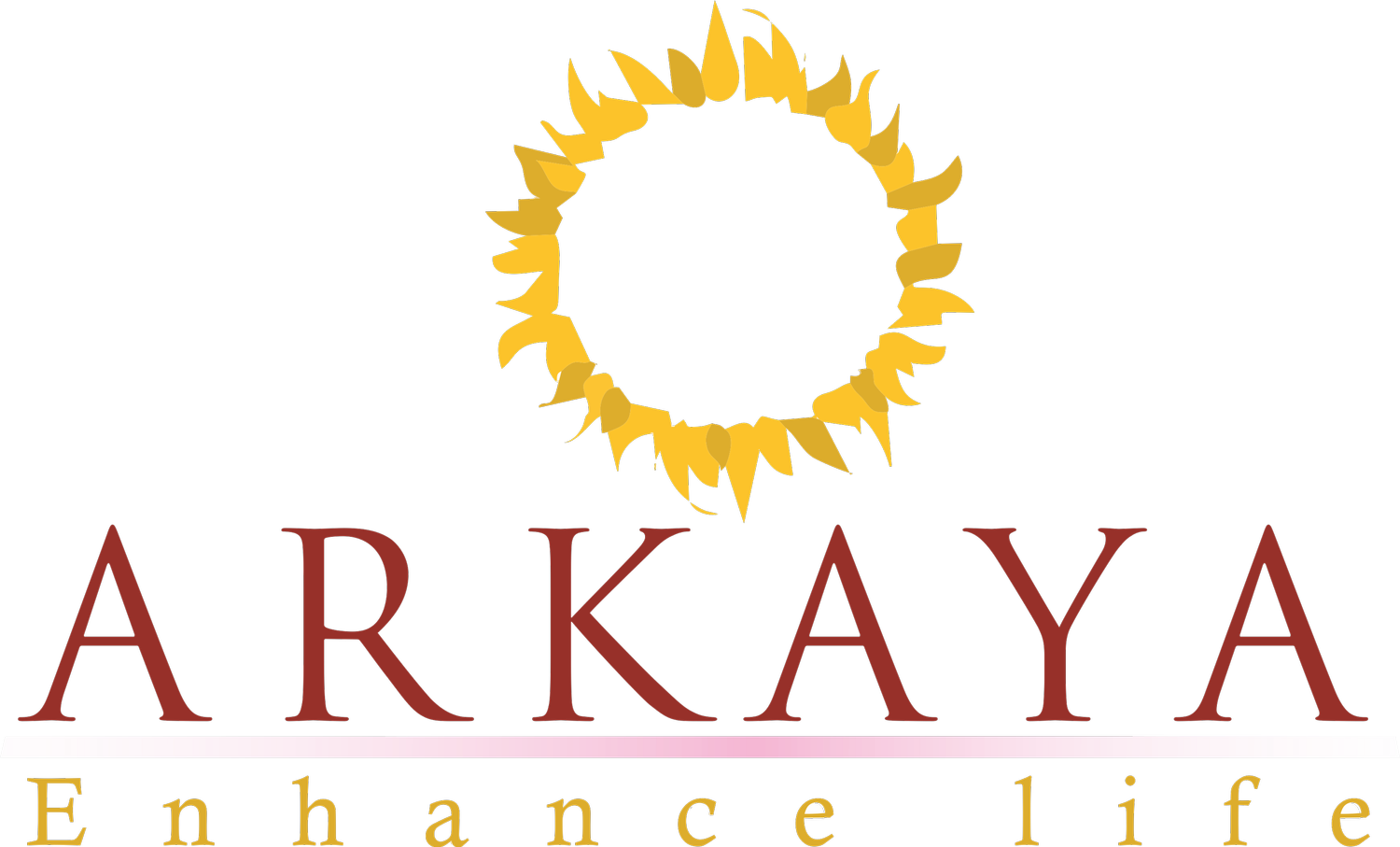Try kaya kriya to overcome physical and psychological traumas
Yoga is a method to get rid of traumas that can become chronic. As I sat watching myself, I realized how much I had misused my body. I constantly remind myself to sit straight and relaxed. The muscles can become tight due to wrong posture and emotions. Traumas which we have gone through as children or even when we are in the womb get stored in the muscular and nervous system. Conscious effort to achieve the right posture and breathing helps release these traumas stored in the body. These traumas manifest themselves as aches and pains.
I rarely meet anyone who does not have backache, headache or heartache.
We are constantly pushing ourselves to achieve more, and this causes disharmony between mind and body. This mentality has been imbibed from our parents and others. In yoga, we are looking at releasing traumas and becoming more comfortable with ourselves.
Though we may intellectually understand the concept, we need to internalize it. We have seen people who constantly change hairstyles, boyfriends/girlfriends or identities in the hope of becoming comfortable. As much as I am in favor of a good hairstyle or girlfriend, continual dissatisfaction is a dis-ease or lack of ease that needs to be addressed. The external signs are just an indicator of our internal state. We repeat the same patterns irrespective of the person or place and need to learn to break out of the loop. Of course, this internal quest is the starting point of growth and change. So we need to balance this restlessness with positive movement, driven by the higher goal of rising above our behavioral pattern. We should change what needs to be changed externally and also see what internal changes are necessary.
The Kaya Kriya
`Kaya’ means `body’ and the body is an indicator of sub-conscious conditioning. A person’s body language can communicate a lot about him. The kaya kriya cleanses the body of physical and psychological traumas. It helps release tension and aids in the healing of injury caused by accidents, abuse, traumas. It is a combination of conscious bodywork and pranayama.
Technique: Lie in the Mrityu (death) asana. In this position, one lies on the back with feet apart. It is similar to shavasana (corpse). However, in the classical shavasana, the feet are kept together to maintain the energy circuit. Take a few deep breaths. Roll the feet inwards so that the big toes touch the ground and each other. Breathe into the lower lobes of the lungs deeply. This lower lung breath is called the adham pranayama. Then roll the feet out and breath out. Do 9-12 rounds.
Roll the arms outwards and breathe into the mid-chest in madhyam pranayama. Roll the arms in and breathe out. Do 9-12 rounds.
Roll the neck to the right side. Roll it to the maximum and breathe into the upper chest or adhyam pranayama. Then roll the neck to the left as you breathe out. Do 9-12 rounds.
Now practice all the three movements together. As you breathe in, roll the feet in, arms out and head to the right. As you breathe out, roll the feet out, arms in and head to the left.
Do 9-12 rounds till you are completely relaxed. This is an excellent relaxation and concentration device. One can move into a state of meditation through the body.
– MAITREYI
